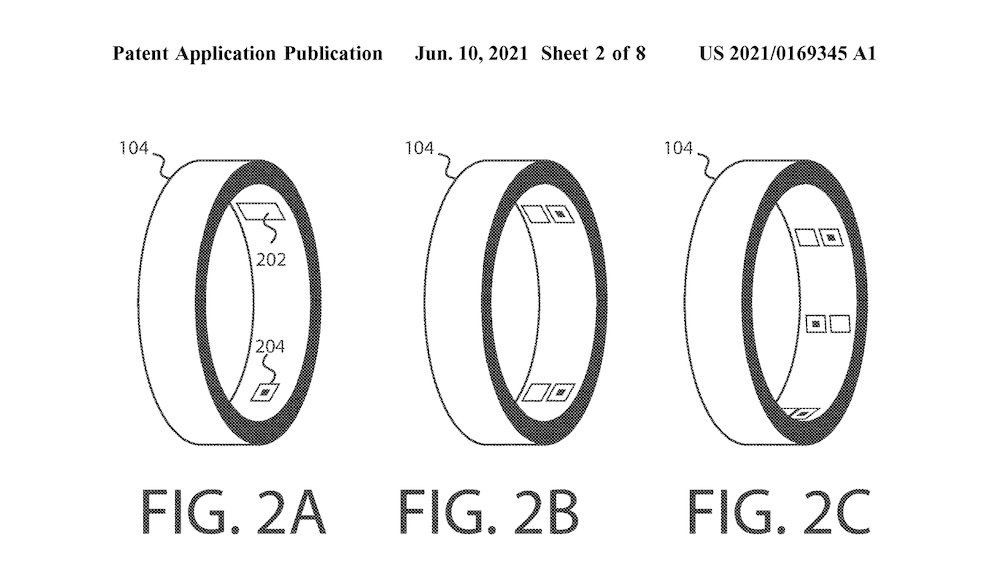Fitbit Ring Could Be Arriving For SpO2 Monitoring

The rising adoption of wearables across generations is propelling new product developments within the space. The growth of the market is reaching a point where consumers may not be asking if I need a wearable tracker, but which tracker should I purchase?
San Francisco-headquartered consumer electronics and fitness company Fitbit appears to have been exploring offering a health tracking wearable ring.
Fitness and wellness tracking wearables are constantly evolving and their ability to provide in-the-moment personalized data has captured a wide range of users. The latest devices are packed with state-of-the-industry sensors and software that collect, analyze and track users everymove. The fitness tracker market is expected to reach close to $92 billion by 2027 from about $30 billion in 2019. While traditional technology leaders such as Apple and Garmin continue to participate in the wearable market, new entrants such as Athos Training System, MATRIX and Augmedix are pushing the boundaries. Some, like Augmedix are leveraging wearable technology to connect with doctors and healthcare providers and others like Athos are moving from accessories to apparel as a means for tracking fitness performance. Athos’ patented system enables “the world’s first smart clothing to measure how hard your muscles are working.”
As of today, wearable watches take up the greatest share of the wearable market but rings are fast encroaching on the space. According to a recent article from TechRadar, SpO2 measurements from a ring have the potential to be more accurate than those taken by a watch. Other benefits of rings are the sleeker and less cumbersome nature of a ring over a watch or bracelet. Based on learning from a recent USPTO listing, it appears that Fitbit has been exploring the idea of a ring since 2019. An excerpt from their recent listing:
Disclosed herein is a ring-shaped wearable device for detecting biometrics with a light source and a photodetector directed towards a digit wearing the ring-shaped device. The ring can thus detect oxygen saturation of a wearer based on light transmitted through the wearer’s finger. The ring can include power saving measures to extend the battery life. A motion sensor can help determine opportune moments for data collection such as when the wearer is still. The motion sensor can be used to remove noise from the data caused by motion. After data is collected or during data collection, the ring can wirelessly communicate the data to another portable electronic device such as a phone or watch.

Compared to the well known and highly priced Oura Ring, this future Fitbit ring concept is limited to just SpO2 monitoring with blood oxygen saturation data being synced to a wearer’s phone or another wearable. The Oura Ring in contrast, measures heart rate, heart rate variability, respiration rate and body temperature at night. The Oura Ring’s body temperature sensor is unique to the Oura Ring and highly accurate.
If Fitbit launches a ring, this will be just one more addition to Fitbit’s expansion into more “jewelry-like” wearables. The recently launched Fitbit Luxe, has been recognized as one of the most fashion forward fitness trackers with all the known benefits of its predecessors. Regardless of whether Fitbit launches a ring or not, it is safe to assume there will be other rings in the future.



